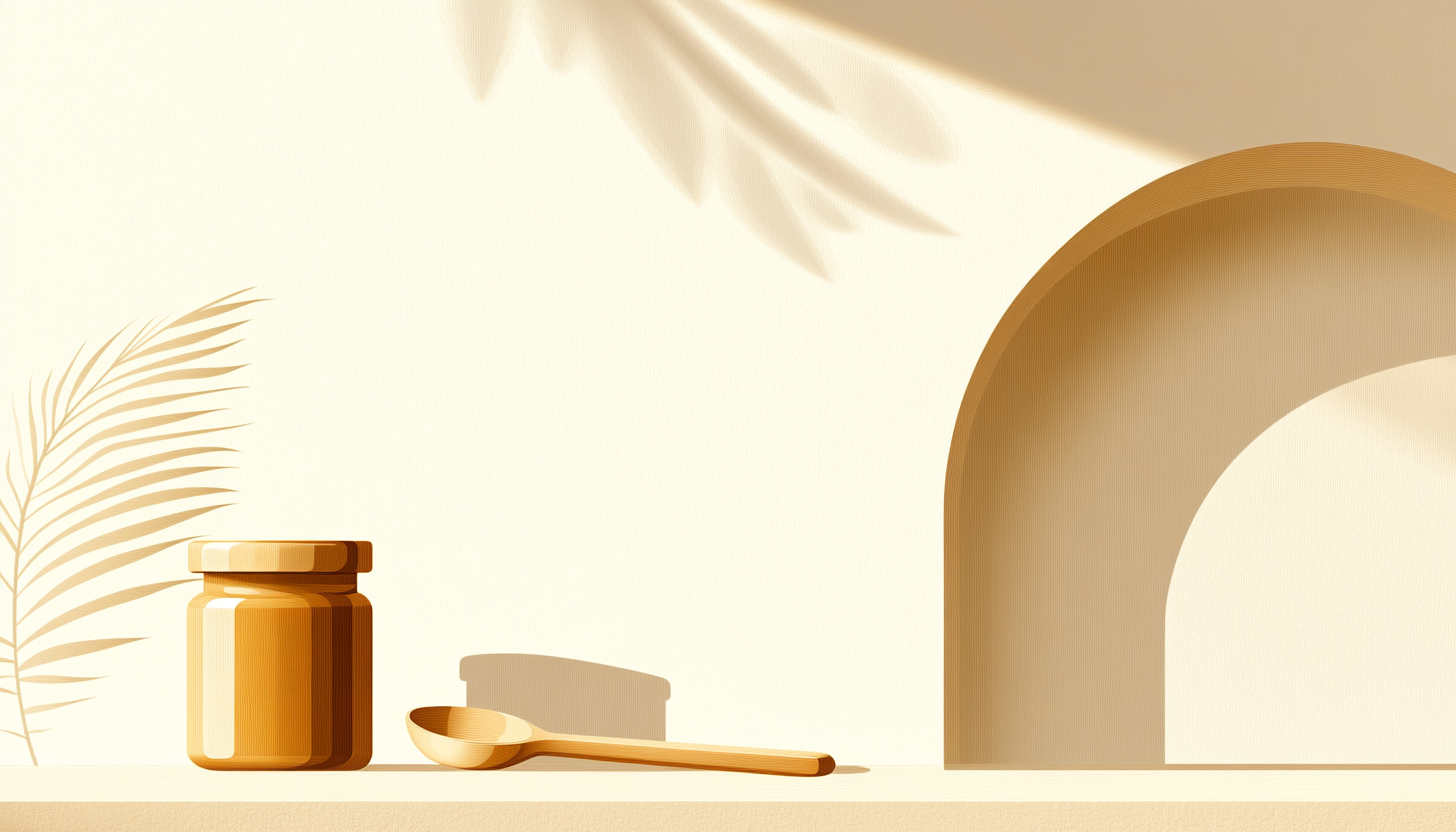What is National Mustard Day?
National Mustard Day (National Mustard Day) is held every year in the United States on the first Saturday of August. This day celebrates one of the world’s oldest and most widely used condiments: mustard. From classic yellow to spicy brown, Dijon or honey mustard, the day honors the full range of flavors and traditions behind this golden sauce. It is a fun and flavorful moment for food lovers to show appreciation for a staple that enhances everything from sandwiches to marinades. Across the country, especially in Wisconsin, food events, tastings and playful mustard-themed activities take place.
The day is also a platform for community engagement and culinary creativity. Some join the festivities at the National Mustard Museum, while others mark the occasion at home with cooking experiments. Families, chefs, and food educators alike embrace the opportunity to explore new mustard varieties. Whether it’s trying a regional specialty or diving into mustard history, this day brings people together around a shared kitchen essential. National Mustard Day proves that even a small jar can inspire big enthusiasm.
History and Origin
National Mustard Day was founded in 1991 by Barry Levenson, who left his legal career to open the National Mustard Museum. After being inspired during a late-night mustard run, he began collecting jars and researching the condiment’s global reach. The event began in Mount Horeb, Wisconsin, and later moved to Middleton along with the museum. What started as a quirky idea quickly became a national celebration.
The annual event grew with support from mustard brands, food lovers and local businesses. Each year, the museum hosts thousands of visitors, featuring mustard tastings, live music and games like “Mustard Ring Toss.” The celebration is also used to raise money for local charities, giving the day a broader social purpose beyond food alone. Over time, the event has become a tourist attraction and a highlight of the summer in the region.
Mustard itself has a rich, global history. Ancient civilizations used mustard seeds as medicine and spice. In Europe, mustard became a staple condiment by the Middle Ages. Dijon, for example, has been known for its mustard production since the 13th century. The variety of flavors and preparations reflects how different cultures made the condiment their own. National Mustard Day ties these traditions together with a dose of humor and celebration.
Who participates in National Mustard Day?
- Food enthusiasts: People who enjoy cooking or tasting new flavors celebrate the variety of mustards available worldwide.
- Wisconsin locals and tourists: Visitors travel to Middleton to join the outdoor festival and enjoy family-friendly activities.
- Culinary professionals: Chefs and food writers use the day to showcase mustard in creative and unexpected dishes.
- Educators and food historians: Experts teach about mustard’s cultural, agricultural and culinary importance.
- Families and children: Many families attend the festival to play, learn and sample in an interactive setting.
Slogans and Themes
National Mustard Day often plays with words and flavors in its annual themes. Phrases like “Spread the Mustard” or “Hot Dogs Welcome” highlight the playful tone of the event. These slogans also encourage culinary discovery, from rare mustard blends to fusion recipes. Some themes focus on pairing mustard with different cuisines, while others celebrate specific mustard styles. The messages stay light-hearted but always aim to bring attention to the history and diversity of mustard. It is a blend of fun and flavor with an educational touch.
Colors, Symbols and Patterns
Colors
- Golden yellow: Symbolizes the classic mustard color and the bright, bold taste of the condiment.
- Deep red: Evokes appetite and connects to the foods mustard often complements, like grilled meats.
- Neutral brown: Reflects stone-ground, spicy and more traditional mustards rooted in old recipes.
Symbols
- Mustard jar: Represents the range of varieties from around the world, stored in one iconic container.
- Hot dog: A familiar and beloved pairing, used in games, visuals and menus on this day.
- Mustard seed: A small but powerful symbol of origin, growth and culinary potential.
Patterns
- Spirals and swirls: Mimic the way mustard is often spread or squirted onto food.
- Checkerboard picnic themes: Reflect the outdoor and casual atmosphere of the festival.
- Seed scatter motifs: Refer to the agricultural roots of mustard and its botanical structure.
Most used hashtags
- #NationalMustardDay
- #MustardLovers
- #SpreadTheMustard
- #FlavorFestival
- #GoldenCondiment
How do you celebrate National Mustard Day?
- Attend the festival in Wisconsin: Thousands gather in Middleton to enjoy mustard games, food stalls and museum exhibits.
- Host a mustard tasting: Sample a range of mustard types at home with friends or family and vote on your favorites.
- Create a mustard-inspired dish: Use mustard in a new recipe, such as dressings, marinades or creative desserts.
- Share content online: Post photos, reviews or facts about your favorite mustards using the official hashtags.
- Support local producers: Buy artisan mustards from small-scale makers and explore their unique blends.
Why is National Mustard Day important?
National Mustard Day highlights how one ingredient can shape everyday meals. Mustard appears in sauces, dressings and sandwiches across many cultures. This day creates room to learn where it comes from and how it is made. Visitors at events often leave with new ideas about food and tradition. The day also brings attention to small producers who keep older recipes and local varieties alive.
It gives families and food lovers a reason to try something new. Some join live events, others cook at home or explore different types of mustard. The focus stays on taste, history and practical use. That combination helps people connect with food in a more direct way. National Mustard Day continues to grow because it keeps things simple and useful.
Features
- Food and Drinks
First Saturday of August: Mustard Day
Why do you keep falling for the same type?
Read the article Lovemaps: the hidden blueprint of our love.

